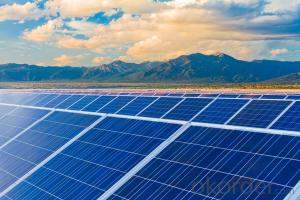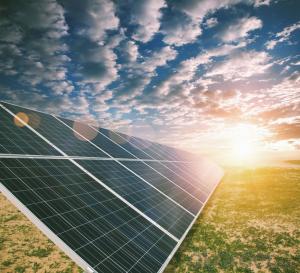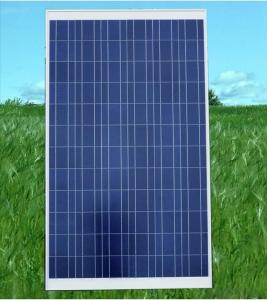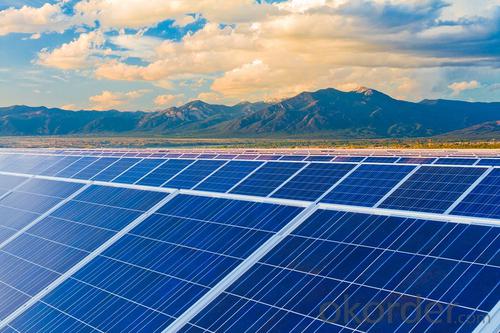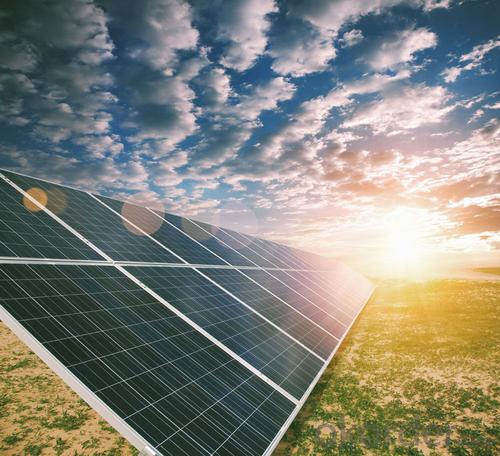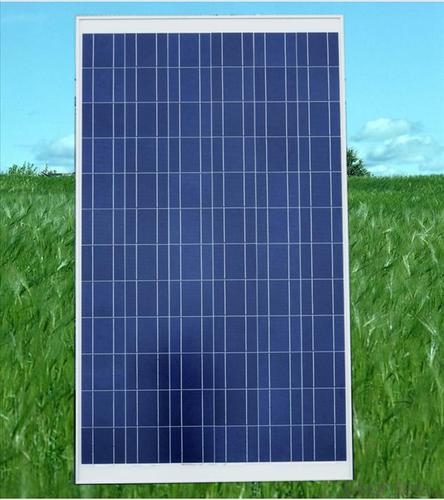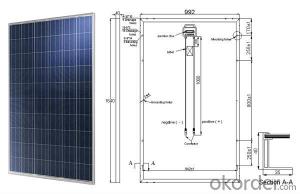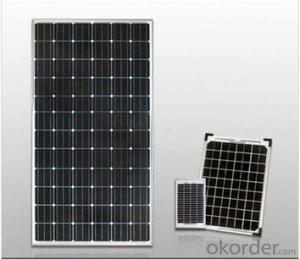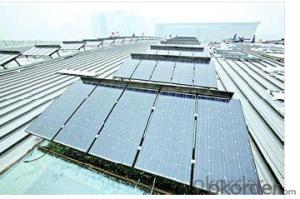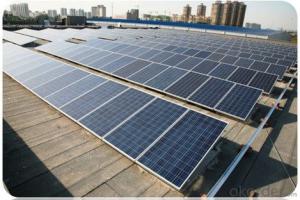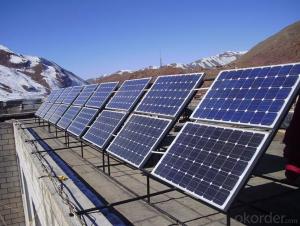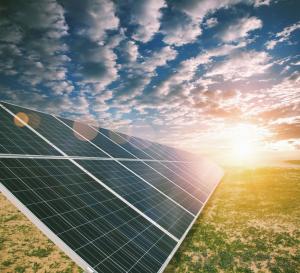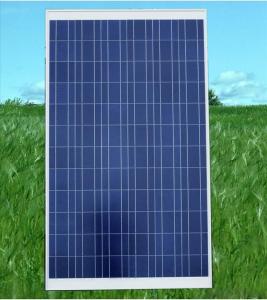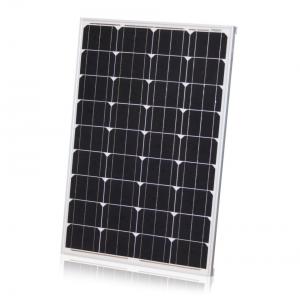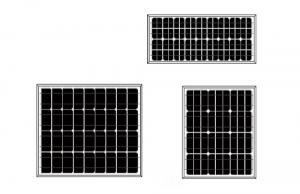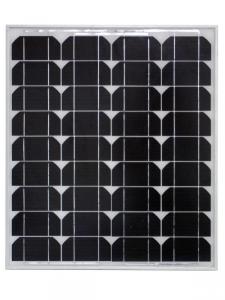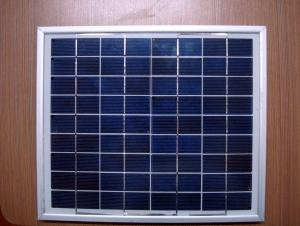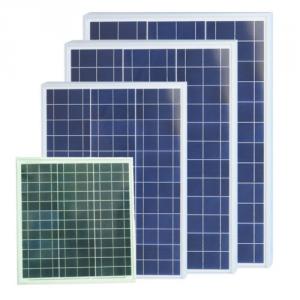Strip Solar Panels Silicon Polycrystalline Solar Panel 245W
- Loading Port:
- Nanjing
- Payment Terms:
- TT OR LC
- Min Order Qty:
- 200000 watt
- Supply Capability:
- 20000000 watt/month
OKorder Service Pledge
OKorder Financial Service
You Might Also Like
1.About us
We are a high-tech group wich specializes in solar products design,research, manufacture, sales,solar projects design and installation.
Our national sales service covers seven parts, including northeast, north, east, middle, south, northwest and southwest, international sales covers five continents and over forty countries, including Germany, Italy, Spain, France, America and Brazil etc.
Our present annual capacity is 6 million for wafer, 60MWp for solar cells,200MWp for solar modules and one hundred thousand for solar applications. It is expected that the annual capacity of 2012 will be up to 30 million for wafer, 300MWp for solar cells, 1000MW for solar modules and 2 million for solar applications.
We now provide Polycrystalline Silicon Solar Module;Thin Film Solar Module;Monocrystalline Silicon Solar Module Feature of our product
High conversion efficiency mono/poly-crystalline amorphous silicon solar cells
Modules incorporate high performance bypass diodes to minimize the power drop caused by shading
High transmittance, low-iron tempered glass
High performance EVA resin to prevent destroying and water.
AI frame: without screw, corner connection. 8 holes on the frame can be installed easily
Good performance of preventing from atrocious weather such as wind and hails
Certifications: CE IEC TUV VDE, Class I
10 years 90% output warranty
25 years 80% output warranty
Depends on various demands from different customers, CNBM could supply any kinds of service to meet you, please feel free to contact us at any time.
2.Data sheet
| Maximum Power | 245W |
| Efficiency | 0.151 |
| Backsheet | Silver |
| Frame Colar | White |
| Manufacture Site | China |
| Frame | Anodized Aluminum Alloy |
| Weight | 19kg |

3.FAQ:
1. How long will my inquiry get response?
Your inquiry related to our products or prices will be replied within 24 hours.
2. Can I get professional service and suggestion?
Well-trained and experienced staffs to answer all your questions in fluent English.
3. Do you accept OEM or customized design?
OEM & ODM, any your customized lightings we can help you to design and put into product.
4. What if I need specific design?
Distributorship are offered for your unique design and some our current models.
- Q: I know that there is a life expectancy for solar panels, and I suppose, the technology involved. Any information?
- All okorder /... PV warranties typically allow for 20 percent output degradation over the module’s 20- to 25-year warranty life. But measurements of many modules put into service in the 980s show that it’s unusual to see even half that much degradation. Many of those earliest modules still perform to their original specifications. It is safe to say that modules carrying warranties of 20 years or more have a high probability of working well 30 years from now
- Q: How many kilowatts? Would it be enough to power my electric heat?Does one panel cost about $2000.?
- The first thing to understand is that there is nothing complex about a solar panel. It is nothing more than a collection of solar or PV cells on a board that is fitted to the most appropriate part of your home, generally on the roof. There are guides out there that teach you how to build a solar panel and a windmill for just $50, and it’s very easy to make. Best of all, you can save 70% or more on your energy bill, adding up to thousands of dollars each year in savings. I reviewed both free guides and paid guides and have come up with our top to Build your own solar panels.
- Q: the solar panel works with LEDs, small bulbs,etc but neve with any dcmotor. Please help. I have a science exhibition.
- It may well be that the motor demands more *current* than the panel can provide. Can you measure the voltage from the panel with the LEDs across it, and then with the motor across it? I suspect that you'll find that the motor makes the voltage collapse.
- Q: We want make solar panel for our home use. but we have no any right idea how we can make it. we want to make it with cheap prices.we also want to know the proper size of solar panel.where we can take help about making a solar panel
- All you need to do is to learn how to build solar panel to produce your own electrical energy through solar panels. These solar panels take and keep the energy from the sun and turn it into usable electrical energy that we can use every day in our ordinary lives. Generally, the majority of people that knew about solar panels think that they won't benefit from its use because they just work in sunny areas. That isn’t the case. In fact, the new generation of solar panels can produce a lot of electrical energy even on rainy weathers. Learning how to build solar panel is very easy: first they need to be installed (most of the time, on the roof of homes) and then they take the energy from the rays of sunshine and convert it from solar energy to electrical energy. Solar panels must be kept from shading, as shaded cells draw energy for themselves from other cells. Things you need to know: . Solar panels using monocrystalline cells have high conversion efficiency, and take up less space, but lack shade protection. 2. Solar panels using polycrystalline cells have even higher conversion efficiency, take up even less space, but still lack shade protection. 3. Solar panels using amorphous silicon cells have lower conversion efficiency, and take up more space, but do have shade protection. This can be especially important on a sailboat. Once you have determined the size and number of solar panels needed, you will be better able to determine where they will be placed. The best places depend on the roof's length and size of the panels. Take your time and think it through. The simple answer to how to build solar panel is none other than the sun. Select locations that will get maximum sunlight without shaded spots. In placing solar panels, consider the use of extra bars/braces to secure the panels. You obviously want them to remain stable.
- Q: How do solar panels affect the overall energy consumption of a building?
- Solar panels can significantly reduce the overall energy consumption of a building. By harnessing renewable energy from the sun, solar panels generate electricity, which can be used to power various appliances and systems within the building. This reduces reliance on traditional energy sources, such as fossil fuels, thereby lowering the building's energy consumption from the grid. Additionally, excess energy produced by solar panels can be stored in batteries or fed back into the grid, further offsetting the building's energy consumption. Overall, solar panels contribute to a more sustainable and energy-efficient building by reducing its overall energy needs.
- Q: Online stores selling solar photo-voltaic generation kits gives specs indicating the power generation capability of the system. For example, Solar World Grid-Tie Solar Electric System with 245W Panels PV Powered PVP2000 Inverter, .2 to 2.4 kW. This seems to indicate that the system can generate .2 to 2.4 kW. Is that per day? Per month? I'm trying to calculate the return on investment, but can't because I don't know how much power a system such as this will generate in a month.
- The $25,520 price amounts to about $8.5 a watt which is high, I would've expected between $2.50 to $5 a watt and those are dated prices so it sound like the vendor is raking the price up. You didn't mention how many months your $75 financing is for but keep in mind that at 3 kw for 8 hours a day for 30 days at 2 cents per kwh, you would generate $86.40 so you will be paying about twice as much for your solar power as you would had you bought the power from the grid. Mind you, for people on a fixed income, there is the security that the cost will not rise ( if properly insured ) so there could be an advantage to paying a premium for your power if you're on a fixed income. I'd say it's a rip off but I also believe solar has a ways to go even with subsidies before it's an economic choice and that's usually not a popular stance with the green washed crowds.
- Q: in the afternoon sun heat increases to high level due to which the panels heats up very high now my question is this heat will effect the panels life time and will damage the panels or not ??
- Most experts believe solar electric modules have a lifespan of at least 25 to 30 years and most manufacturers provide a warranty for this period. However, the truth is that we don't really know for sure since most modern solar panels have not been in existence that long. Many experts believe the actual number could be much higher, possibly as much as 50 years. What is very clear is that solar modules are extremely durable and lose very little of their energy generating capacity over time. From: bit.ly/tpTfK
- Q: I have 2 20 watt Solar panel. I have it hooked up to solar controller and batteries to inverter. Am trying to figure out how much watts am getting. I found the voltage but how do I find the amp reading on a mutimeter?
- While you can measure voltage on a like without a load, the measure of amperage is more closely related to the amount of power that is being drawn. The amperage is measured with the meter in series (not parallel like voltage) with the load. What it ends up measuring is the load that is being drawn from the solar panel and not the potential of the panel.
- Q: Are solar panels suitable for commercial use?
- Yes, solar panels are highly suitable for commercial use. They offer numerous benefits such as reducing energy costs, providing a stable and reliable source of electricity, and promoting sustainable practices. Additionally, many governments and organizations offer incentives and tax benefits for businesses that implement solar energy systems. Overall, solar panels are a practical and cost-effective solution for commercial establishments aiming to reduce their environmental footprint and save on energy expenses.
- Q: And how do you choose the best one for the best price?I saw a 400 watt monocrystalline solar panel
- In regards to my research about these two types of Solar Panels, I suggest that the Monocrystalline Solar Panel would be great! It is affordable and also more convenient to install. Using a 400W Panel means fewer panels and less installation time, in addition to fewer connections and transmission losses which results in big savings and a faster return on your investment.The Topsun Solar Panels boasts efficiency of up to 6.77% and use cutting edge technology for the best heat dissipation in the industry.
Send your message to us
Strip Solar Panels Silicon Polycrystalline Solar Panel 245W
- Loading Port:
- Nanjing
- Payment Terms:
- TT OR LC
- Min Order Qty:
- 200000 watt
- Supply Capability:
- 20000000 watt/month
OKorder Service Pledge
OKorder Financial Service
Similar products
Hot products
Hot Searches
Related keywords
